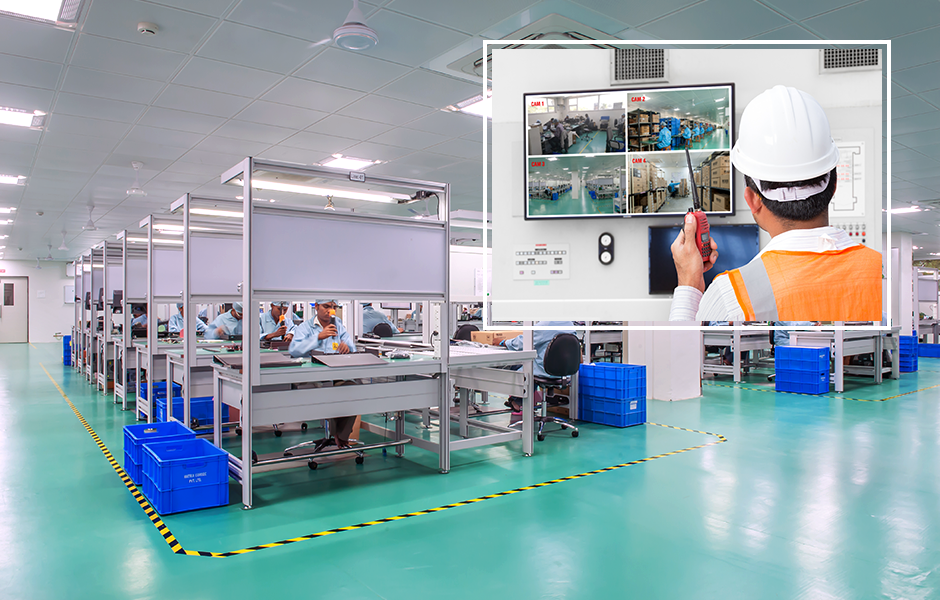A shelter is an important part of protecting your manufacturing business from theft. You have to find a place that is not easily accessible, that is affordable, and that can accommodate all the equipment you need. In addition, you need to take into account legal and regulatory issues, as well as the tax incentives you may receive from the state.
The Immex program is an import duty-deferral government program that provides benefits to authorized companies that engage in the manufacturing or maquila operation scheme in Mexico, including import-export. Consequently, a maquiladora is normally referred to as a company with an IMMEX program or IMMEX certification.
Contents
Legal and regulatory issues
Most foreign companies looking to jack the manufacturing crown will be tasked with a fair amount of legal grunt work, so begin to explore the best practices. While not for everyone, it does not have to be a bloody battle. The following are a few useful tidbits to help you navigate your way. Its no secret that many foreign companies look to Mexico as their homegrown manufacturing and distribution arms department. To name a few: DHL, TNT, and FedEx. You can also look to the locals for assistance when deploying your best personnel. A little oomph will go a long way.
Finding a suitable location
A manufacturing business’ location can have an enormous impact on the bottom line. From supply chain networks to access to raw materials and suppliers, the right location can help you gain a competitive advantage. Choosing a factory location requires a thorough evaluation process.
The first step is to choose the city in which you are going to establish your company. This decision will be affected by several factors, including local tax rates and incentives.
Consider the transportation options available. You’ll need access to rails, roads, airports, and seaports. For national distribution, you’ll also need to consider the distance from your customers and distributors.
Getting a good deal on utilities is another important factor. The cost of power fluctuates significantly. Also, you’ll want to find a facility that has proper waste disposal systems. Some forms of manufacturing use a lot of water, so you’ll need to make sure you have a reliable supply.
You may need to get some of your supplies from a nearby supplier or warehouse. Your executives will need to assess the availability of resources, such as labor, raw materials, and parts.
Hiring and training workers
One of the best ways to protect your manufacturing business is by hiring and training employees. These are the people who make the products you buy. The best way to do this is to provide a well thought out onboarding program. It’s not enough to simply train them in the basics. Having a well-designed program will allow you to maximize the productivity of your workforce while minimizing costs.
Another good way to hire and train your workforce is to create a worker friendly culture. This involves engaging your employees and giving them some of the perks of their position. You can start with a flexible work schedule. Many companies in Illinois have started instructing their workers to work from home. Some have incorporated mandatory sanitation breaks.
Besides offering a workable schedule, a good training program will provide new employees with the skills and knowledge they need to perform their job well. A properly trained workforce will likely stick around for the long haul.
Tax incentives
Getting a shelter for your manufacturing business can help protect it from weather hazards and other disasters. Moreover, you can also get tax incentives to help your business. A good example is the federal tax credit for low-margin businesses. Other options include the alternative tax credit and deduction for transporting donated food. In addition to these, your local government might offer incentives to stimulate economic growth in your area.
There are many types of tax incentives, including tax abatements, tax exempt financing and tax increment financing. You can also look into local economic revitalization tax assistance, which is a government program designed to revitalize deteriorating areas. The incentives can help decrease real property taxes and allow developers to pursue specific development projects.

